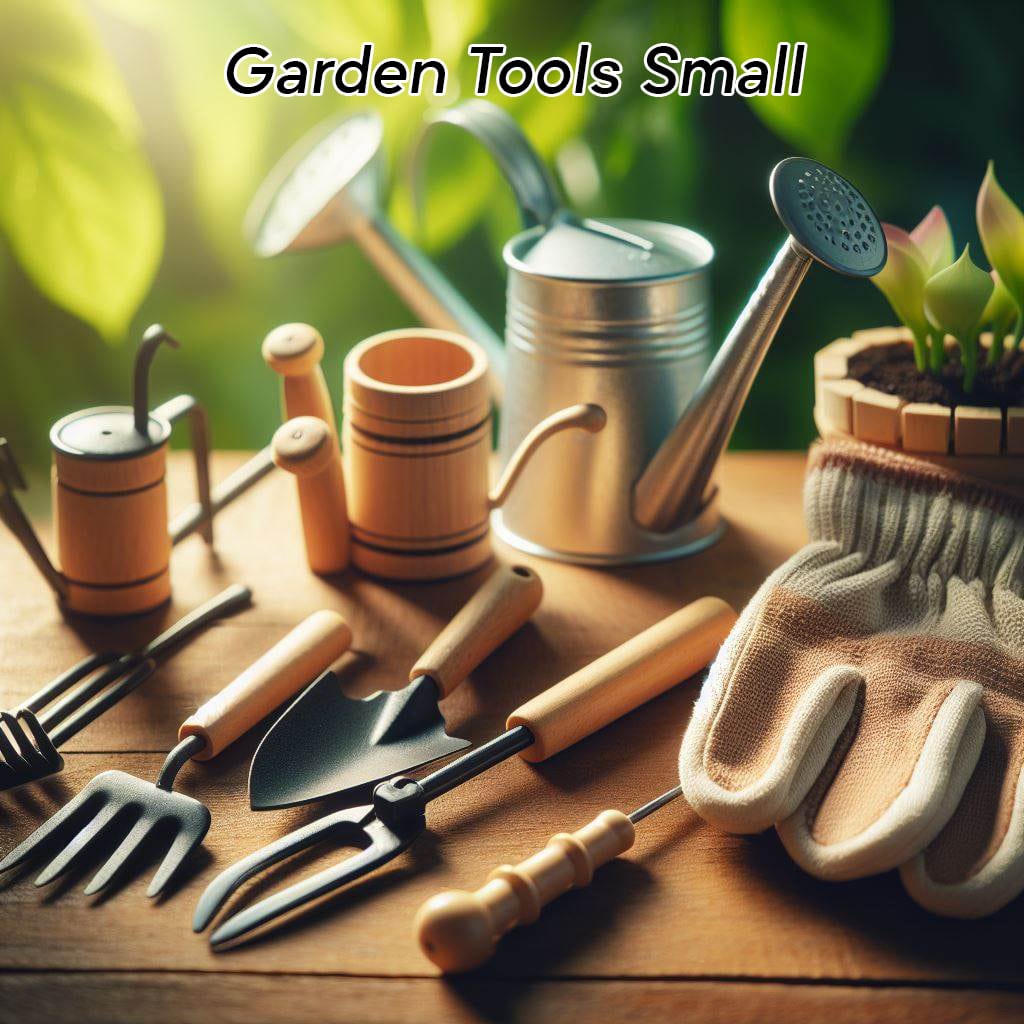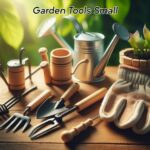How to Propagate a Jasmine Plant?
Amazing climbers loaded with starry, fragrant, glorious flowers, jasmine is an easy plant to propagate. You are probably among those who are not limited to growing only one plant and want to know how to propagate jasmine. There are three different ways you can use to create more jasmines and fill your garden with this exceptional note in floral perfumes.
All these ways can create young and healthy jasmines. Propagating a jasmine plant you already have is the best idea since it is guaranteed to grow in your environment. We will help you have beautiful jasmine growing everywhere in your garden or pots. Read ahead to learn the best ways of propagating a jasmine plant.
Propagating Jasmine from Cuttings
This is the easiest way to propagate jasmine, growing it from cuttings. You should first choose semi-hardwood jasmine with around 5-inch step tips. Do not forget to take sterile pruning shears in order not to spread fungal or bacterial infection. Then, you should remove the leaves at the lower part of your cutting as well as the spent blooms.
You can keep three upper leaves on your cutting. If you want to encourage the jasmine growth, you can dip the cutting’s end into a rooting powder and then place it in a damp potting mix.
How Much Time Does Jasmine Cutting Need to Root?
You may have to wait for 4 to 6 months for jasmine cuttings to take root. However, the duration of time for rooting can vary according to various factors. When you skip rooting hormone, it takes a bit longer for it to root. The way you take care of your jasmine is also effective in the amount of time for its rooting. For instance, factors such as watering or lightening will determine how fast your jasmine roots. Increase the humidity of your jasmine to encourage its growth.
Propagating Jasmine from Seed
The best time to grow jasmine from seed is early spring. Some kinds of planet set seeds, but they are challenging to germinate. You would better soak the jasmine seeds for a whole day before planting. Then, plant the soaked seeds into six different cells. Fill those cells with potting soil that is fully drained.
Bear in mind that you should put just one seed in each cell. To help your jasmine seeds retain moisture, cover the cells with plastic and then put them in direct sunlight. While waiting for seeds to sprout, keep each cell and the soil in it moist. When your seedlings grow and have two pairs of leaves, consider taking them to a bigger pot or container. Remember to keep the seeds indoors until your jasmine is fully grown.
Now it’s time to plant them in the garden. It is best to keep your new plant for at least one year so that it can grow proper roots and get strong enough before transplanting it into the garden.
Propagating Jasmine Plant by Air Layering
Air layering is the third way to grow jasmine plants during late spring and early summer. This method is useful when you have a jasmine with low branches or vines. You need a sharp instrument to make two scraps that are 1 inch long in the horizontal direction. The scraps should be almost 15 inches from one of the stem’s tips. Now, you need a vertical scrap so that you can peel the bark off. Do you see the green layer which is beneath the bark? Scrape it off around your stem.
Now, you need rooting hormone to cover the scraped portion. Then, wrap it in sphagnum moss that is dumped, and in the end, cover it with plastic. When you notice the roots are forming, cut the stem that is beneath the root. Then you can remove the plastic.
When Is the Best Time to Grow Jasmine?
Regardless of the method you are going to consider, the best time to propagate jasmine ranges between early spring and late summer or, in better words, right after the plant blooms. You may decide to prune your jasmine at the mentioned time. So, you can choose some cutting and pick them out from fresh stems.
It is interesting to know that morning is a better time to take cutting because the jasmine is still hydrated. Notably, when you take hardwood cuttings, you can start growing your jasmine during the winter.

How to Take Care of Your Jasmine during the Propagating Process?
Jasmine requires high levels of moisture and humidity as it is a tropical plant. So, when you plant the seeds, you need to keep them moist so that they can germinate. You may even need to water or moist seeds several times a day. To achieve such a purpose, you can also use an automatic watering system. As mentioned above, cover the seeds with a piece of plastic to increase the moisture. Bear in mind that moist is different from wet. Your jasmine plant should never ever sit in water.
When it comes to jasmine cuttings, you should provide optimal conditions so that they can thrive. Jasmine requires bright light to flourish and be loaded with flowers. As you may know, it is emphasized that you should keep the soil moist throughout the growing process. But the soil should dry out a little during the fall and winter. You can water the plant whenever it is dry on the surface of the soil.
How to Make Jasmine Grow Faster?
First of all, you should plant jasmine in well-drained, rich soil. The place where you keep jasmine should be in direct partial to full sunlight. Never forget to moisten the soil, especially during the growing season. You should also fertilize jasmine monthly for more blooming. Cut the plant back after flowering.
How Can You Make Your Jasmine Flower More?
When the blooms finish, you can prune your plant. If pruning is not possible for you in this duration of time, it should be done by mid-summer. You can also remove season buds, only the ones that are already forming. Use a fertilizer that is rich in phosphor and potassium. We suggest heavy pruning for jasmine as it makes the plant have larger and more flowers. The temperature for flowers that are not fully bloomed should be between 4 to 10 °C. Jasmine plants require sunlight at least six hours a day.
| Propagation Method | Description |
|---|---|
| Seeds | Collect mature seeds from the Jasmine plant’s fruit. Plant them in well-draining soil indoors or in a greenhouse. Keep soil consistently moist until germination occurs (usually within a few weeks). Transplant seedlings when they are large enough to handle. This method is less commonly used, as Jasmine seeds can take longer to establish compared to other methods. |
| Cuttings | Take semi-ripe cuttings from a healthy Jasmine plant during the growing season (spring or early summer). Cuttings should be about 4-6 inches (10-15 cm) long and include a few leaves. Remove lower leaves and dip the cut end in rooting hormone. Plant the cuttings in a well-draining potting mix, keep them moist, and provide indirect light. Rooting usually occurs in a few weeks to a couple of months. Transplant when roots are well-established. This is a commonly used and efficient method for propagating Jasmine plants. |
| Layering | Select a low-hanging stem on the parent plant. Remove a small section of the stem’s bark or create a small wound. Secure this portion of the stem to the ground or a pot filled with soil using a U-shaped pin or a small stone. Cover the wounded area with soil. Roots will develop at the wounded site. Once roots are established (usually in a few months), cut the new plant from the parent plant and transplant it. Layering is a slower but reliable method. |
| Division | For Jasmine species that form clumps or have multiple stems, you can divide the plant during the dormant season (late winter or early spring). Carefully dig up the plant and separate it into smaller sections, ensuring that each section has roots and shoots. Replant these sections in separate pots or locations. Division is suitable for mature Jasmine plants that have become crowded or need rejuvenation. |
| Air Layering | Select a healthy branch and make a shallow incision in the stem. Apply rooting hormone to the wounded area. Surround the wound with moist sphagnum moss, wrap it with plastic wrap, and secure both ends. After a few weeks to a couple of months, roots will form within the moss. Cut the stem below the rooted portion and transplant it. Air layering is effective for plants with woody stems. |
| Grafting | This method is less commonly used for Jasmine but can be employed to combine the characteristics of two different Jasmine varieties. It involves joining a shoot or bud (scion) from one Jasmine plant onto the rootstock of another. Grafting requires specific skills and is typically performed by experienced gardeners or horticulturists. |
Last Thoughts
If you aim to propagate a jasmine plant, you should bear in mind that it requires well-drained, moist soil along with full sun. Jasmines are deciduous climbers and ever-green with twining stems. They are mostly summer flowering, but you can see their flowers in winter in some specific types. Its distinctive sweet fragrance is why many gardeners decide to propagate and grow jasmine. Do not forget to plant jasmine in places that are sunny, somewhere near your sitting area, if you want to get the most out of its fragrance.
if you want to know more about Jasmin plants read these articles:











